maruyama park
Maruyama Park and Four More Places for April Festivals!

Tokyo Terry
Posted on March 27, 2024
Share:
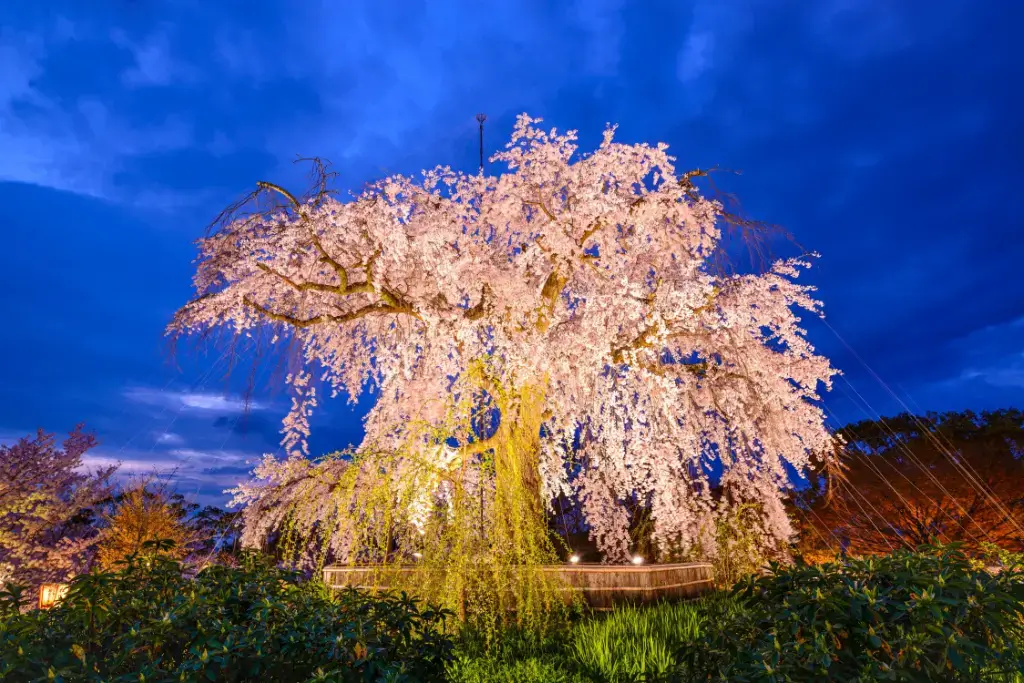
For those interested in Japanese history, many cities across the country also celebrate their past at this time of the year. For the undecided, some events combine both types of activities. If you’re looking for something completely different, here are some vibrant April festivals to get you back into adventure mode, starting with Maruyama Park in Kyoto.
Maruyama Park Weeping Cherry Tree Illumination
Maruyama Park is only a few minutes from the Gion-Shijo riverside station in Kyoto. The 1,350-year-old Yasaka Shinto Shrine and several centuries-old Buddhist temples are also here. However, the main attraction from late March to early April is a large sakura tree known as “Gion no Yozakura“. The tree’s name in English means “night cherry blossoms of Gion”.
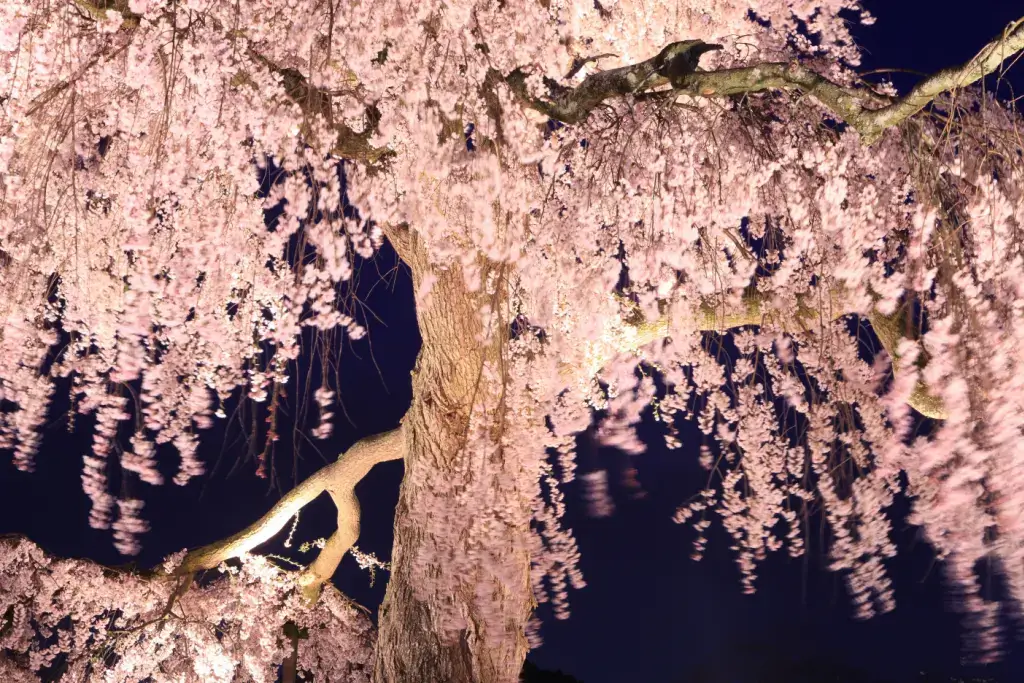
The large sakura tree is of the “weeping” variety (shidarezakura). It is over 12 meters tall and almost a century old. Its aged bark, drooping branches, and location atop a small hill give it a bonsai-like appearance. During sakura season, it is illuminated by flood lamps from sunset to midnight.
Not all weeping cherry trees “weep”. The drooping branches are due to a mutation, which makes this shidarezakura all the more special. But plan your visit well if you want to enjoy the view from one of the outdoor “tea rooms”. These well-lit tables ensure a comfortable seat for the occasion. And Maruyama Koen gets very crowded with blossom-viewing parties.
Fukuoka Phantom Castle
The ruins of Fukuoka Castle are located in the middle of Maizuru Park in Fukuoka City. Today, only the foundation remains. But from mid-March to late May, visitors will have the chance to see what the castle may have looked like. Since mid-February, the Fukuoka City government has been constructing scaffolding on the castle’s stone base (tenshudai). The city plans to display a recreation of the castle using multicolored LEDs.
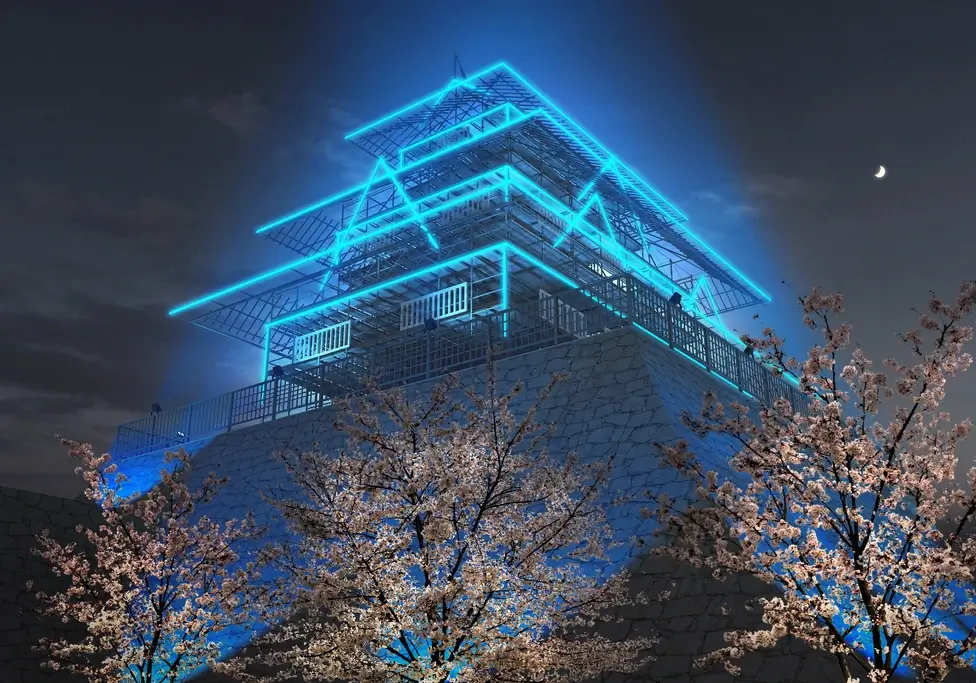
Experts are still determining exactly what the original castle resembled and if it had towers. But the 14-meter-high LED image of the castle is sure to be a spectacular sight, especially during the illumination. However, the LEDs will remain on during the day, changing colors the entire time. The event also coincides with sakura season, which promises a one-of-a-kind yozakura experience.
Are you looking for some delicious, artisanal snacks while enjoying April festivals? Check out Sakuraco! Sakuraco delivers traditional Japanese snacks, teas, and sweets from local Japanese makers directly to your door.
Okazaki Canal Boat Rides
The Okazaki Canal zig-zags through Sakyo Ward in Kyoto and connects with the Kamo River. People also call it the Ozaki Sakura Corridor because of the many cherry trees that line the banks. A bus ride along the river is a popular way to view cherry blossoms. However, boat rides in the canal will be available from March 20th to April 14th.
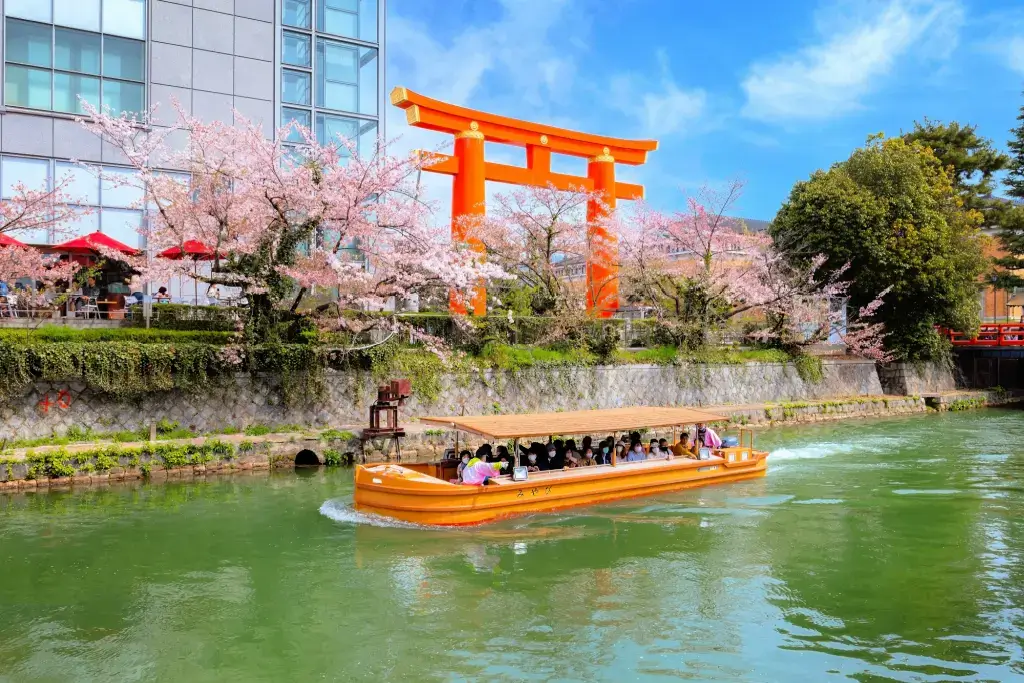
The full name of the cruise is the “Okazaki Sakura Wakaba Corridor Ten Stone Boat Cruise”. The traditional covered boats are “ten stone boats” or jikkokubune. The trip starts at the Shishi Boat Ferry Ground near Yasaka Shrine. They turn around at the Ebisugawa reservoir and return to the dock along the same route. The raised banks on either side are lined with cherry trees, which overhang the water. The course is only 3 kilometers long, but it is a chance to lazily glide down the canal with floating sakura petals.
Kawanishi Genji Festival
The Seiwa Genji samurai clan was founded in Kawanishi City, Hyogo Prefecture, over a thousand years ago by Minamoto no Mitsunaka. His descendant, Minamoto no Yoritomo, later established the Kamakura Shogunate. The Kawanishi Genji festival will celebrate this vital history from April 14th to 16th. It also commemorates the legendary novel, The Tale of Genji.
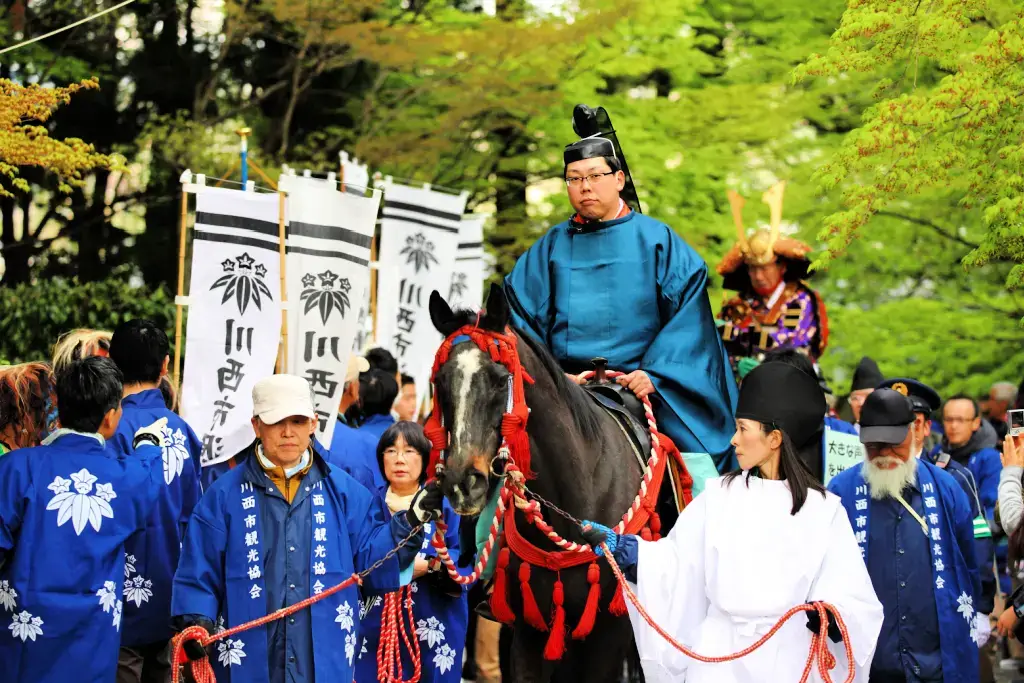
Moreover, the festival takes place in the central district of Kawanishi City. Participants dressed in full samurai armor meet in front of Kawanishi Noseguchi Station. The procession then goes on foot to Kisera Kawanishi Seseragi Park, followed by samurai warriors on horseback. The historical parade is an important cultural event in Hyogo, and draws thousands of onlookers. It’s a great way to appreciate the region’s history.
Fuji Shibazakura Festival
The Fuji Shibazakura Festival will be at the Fuji Motosuko Resort from April 13th to May 26th. The venue is a few kilometers south of Lake Motosuko, on the shores of Ryujin Lake in Fujigoko, Yamanashi Prefecture. Every year, hundreds of visitors visit the Five Lakes area to appreciate the scenery and views of Mt. Fuji.
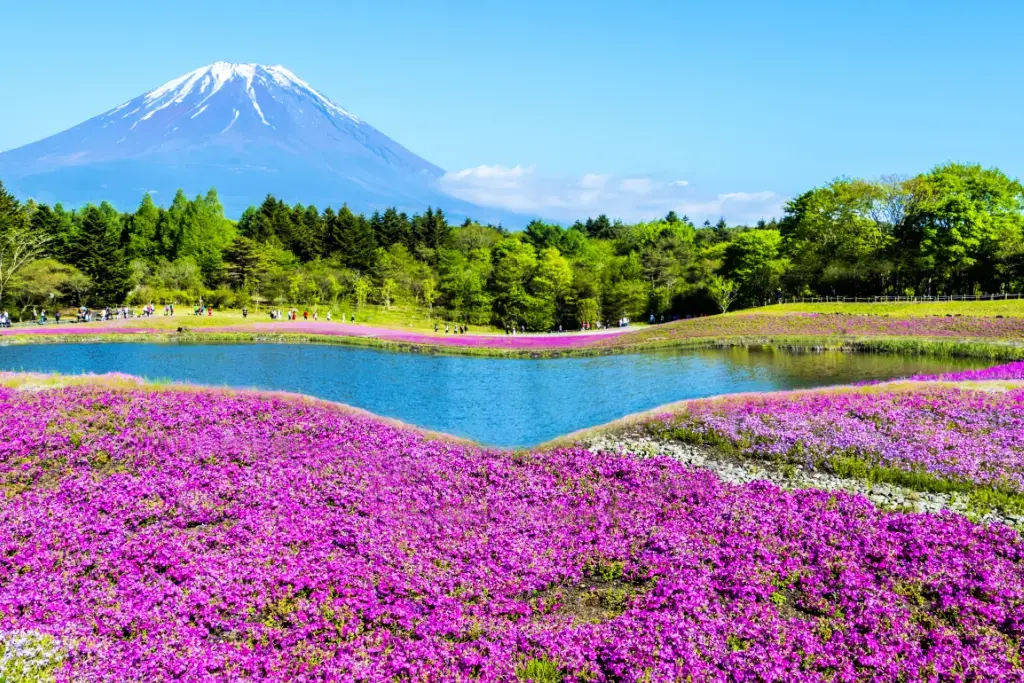
But Fuji-san isn’t the main attraction of this event. Instead, tourists visit to see the pin moss flowers (shibazakura). Phlox subulata blooms in the Fujigoko region from mid-April to mid-May. The hundreds of thousands of plants produce flowers of many colors, including white and shades of pink and purple.
Why should I check out these April events, especially in Maruyama Park?
April is a great time to enjoy some of Japan’s many outdoor festivals. And each destination offers an unforgettable experience. Kyoto alone hosts two cherry blossom viewing events that can be enjoyed on the same day, particularly in Maruyama Park. Fukuoka and Kawanishi combine history and culture with spectacle. Fujigoko is a chance to appreciate nature and view Japan’s iconic volcano. Start planning now because parades, good times with friends, and great photo opportunities are all possible in April. Do you have suggestions for visiting any of these events? Share your thoughts below!

Discover authentic flavors with Sakuraco
Get Sakuraco 

Discover authentic flavors with Sakuraco
Get Sakuraco 
Related Articles
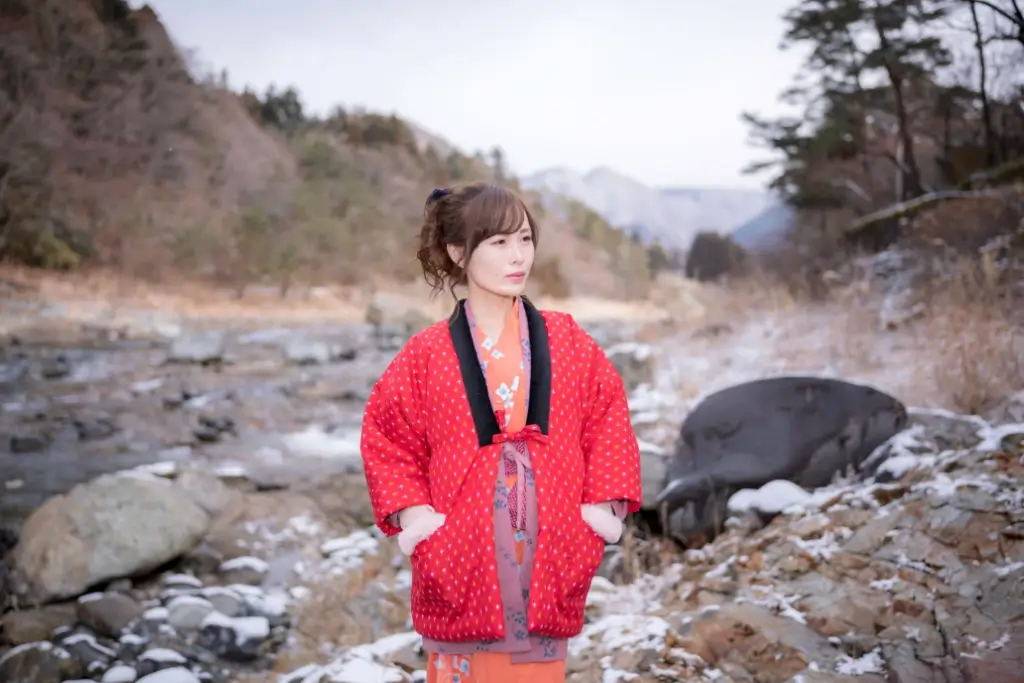
Hanten: The Ultimate Winter Coat from Japan!
Hanten, offer practicality and are symbols of traditional Japanese fashion, alongside the famous kimono. Join us as we explore hanten and some other beloved Japanese winter jackets!

What is a Japanese Wedding Like? A Look Into Shinto Rituals
A Japanese wedding is a beautiful example of how the country combines ancient rituals with modern influences. A traditional ceremony often revolves around Shinto practices, symbolizing purity, harmony, and good fortune. But, over time, couples in this country have also embraced Western weddings.

Japanese Calendar: What Are Microseasons?
The Japanese calendar includes many beautiful events, some popular globally and others less known. Kō (microseasons) were once celebrated but replaced by Western seasons
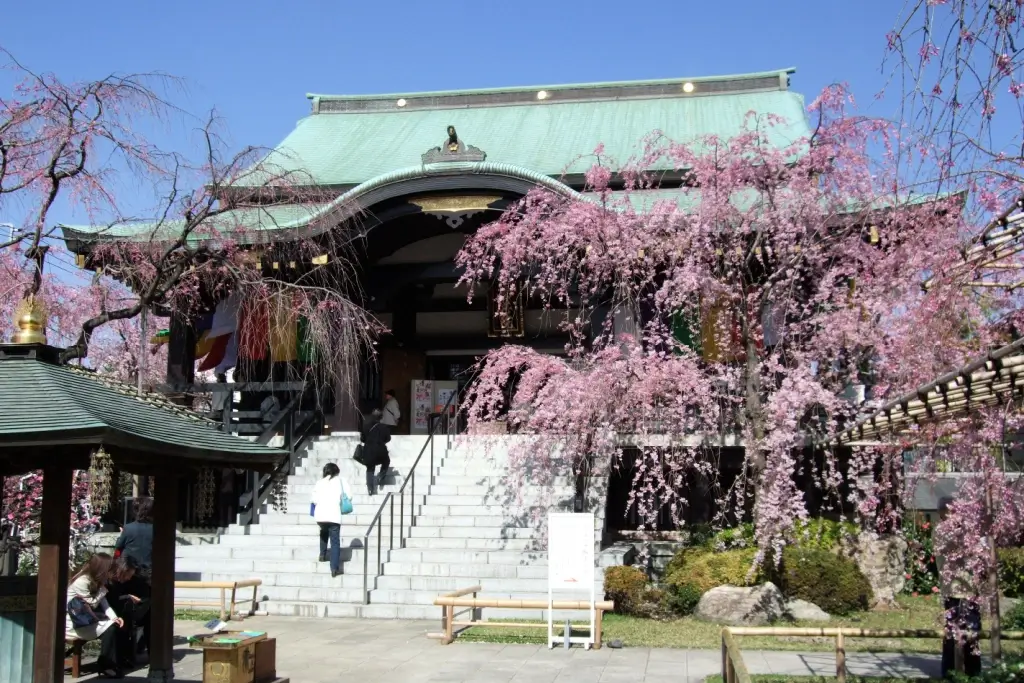
Japanese Castles and More Wonderful Sights in Itabashi!
Japanese castles are reminders of Japan’s history and beautiful examples of the country’s architecture. Let’s check out Itabashi, which is home to some castle ruins.



